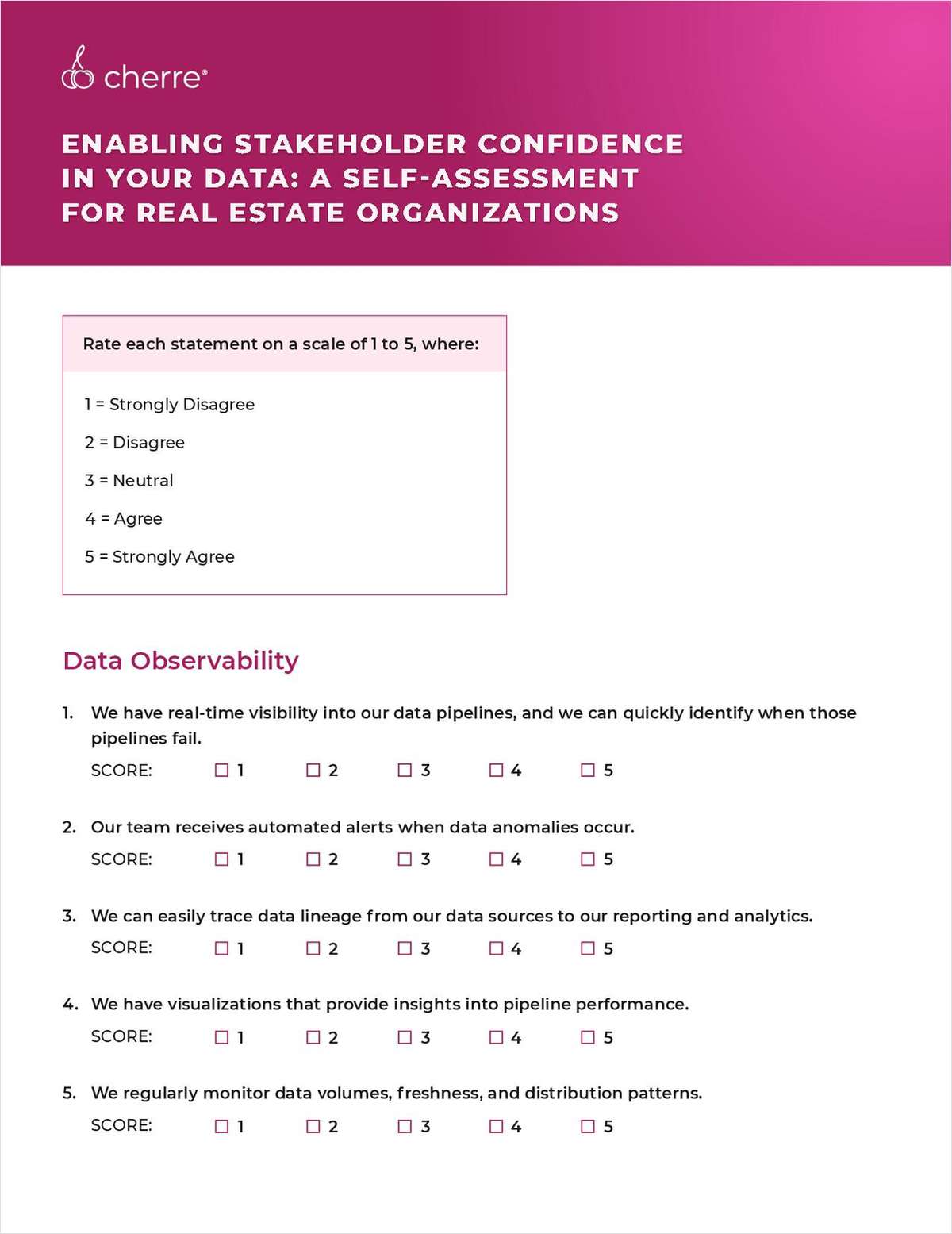A new EU carbon emissions directive — part of an expanding set of environmental regulations — has large banks rethinking how to value their commercial real estate loan portfolios. This is a global trend that could expand to U.S. banks, whether through international financing of EU projects or American adoption of similar regulations.
The intent of the Energy Performance of Buildings Directive (EU/2024/1275) is "to achieve a fully decarbonised building stock by 2050." The European Commission calls buildings the "single largest energy consumer in Europe" at 40% of energy used. About 85% of the buildings in the EU were built before 2000 and three-quarters of them have "poor energy performance," data from Eurostat energy balances and EEA Greenhouse Gas Inventory, 2023. And a third of the EU's energy-related GHG emissions come from buildings.
"Acting on the energy efficiency of buildings is therefore key to saving energy, reducing bills for citizens and small enterprises, and achieving a zero-emission and fully decarbonised building stock by 2050," the European Commission wrote.
Want to continue reading?
Become a Free ALM Digital Reader.
Once you are an ALM Digital Member, you’ll receive:
- Breaking commercial real estate news and analysis, on-site and via our newsletters and custom alerts
- Educational webcasts, white papers, and ebooks from industry thought leaders
- Critical coverage of the property casualty insurance and financial advisory markets on our other ALM sites, PropertyCasualty360 and ThinkAdvisor
Already have an account? Sign In Now
*May exclude premium content© 2024 ALM Global, LLC, All Rights Reserved. Request academic re-use from www.copyright.com. All other uses, submit a request to [email protected]. For more information visit Asset & Logo Licensing.








